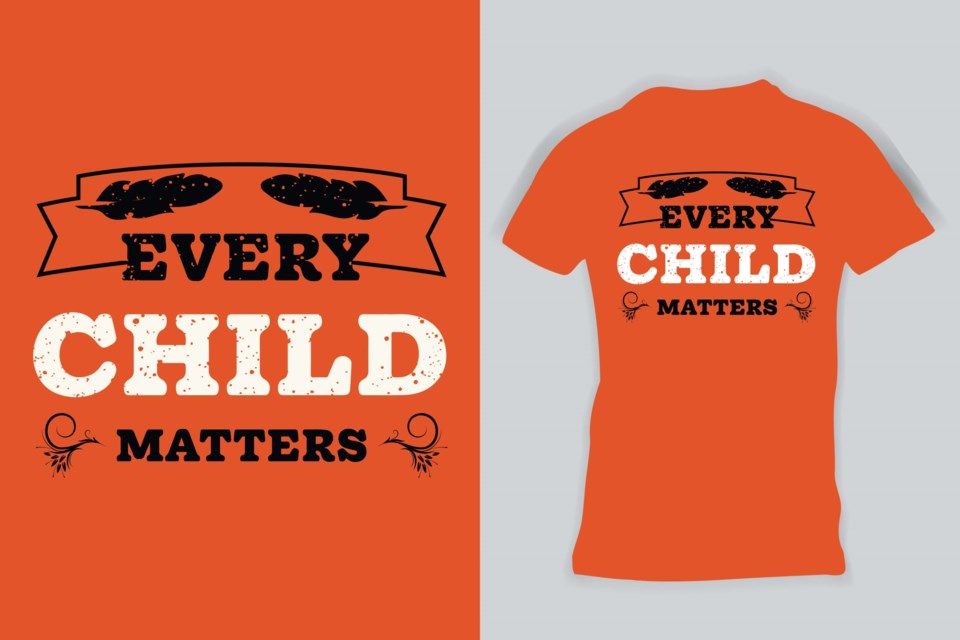Pink Shirt Day is a worldwide event to raise awareness about bullying prevention and to promote anti-discrimination.
Pink Shirt Day started in 2007 at Berwick, N.S., when two high school students, David Shepherd and Travis Prince, heard about a fellow student being harassed for wearing a pink shirt. The two gathered more than 50 pink shirts and encouraged other students to wear them to stand against homophobic bullying.
The second Thursday of September was declared in Nova Scotia as “Stand Up Against Bullying Day.”
In 2008, Gordon Campbell, then-premier of B.C., proclaimed anti-bullying day.
Meanwhile, Pink Shirt Day isn’t the only example of an issue being marked by wearing a particular coloured shirt.
Orange Shirt Day
Orange Shirt Day is an Indigenous-led day dedicated to individuals and families who were impacted by the residential school system. Orange Shirt Day takes place on Sept. 30 marking the National Day for Truth and Reconciliation. Canadian wear orange to symbolize the denial of culture experienced by Indigenous people.
Yellow Shirt Day
Yellow shirts are worn worldwide in September to commemorate World Suicide Prevention Day and raise awareness about suicide prevention. The Yellow Ribbon Suicide Program was founded in 1994, devoted to reducing the stigma.
Green Shirt Day
On April 7, many Canadians wear green to raise awareness about organ donation and to register donors across Canada. Green Shirt Day originated in April 2018 when 16 Humboldt Broncos hockey players died in a car crash. Green is the Humboldt Broncos’ team colour.
White Shirt Day
White Shirt Day commemorates industrial workers who fought for better working conditions and unionization. At the time, white colour clothing implies higher social standing, hence "white-collar jobs." Many people wear white shirts on Feb 11, indicating industrial workers are just as important as the white-collar workers.



